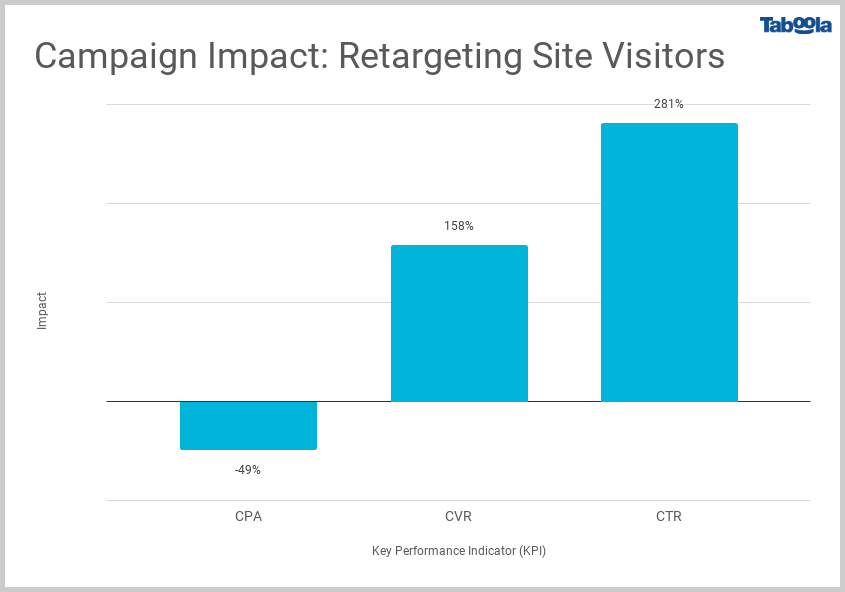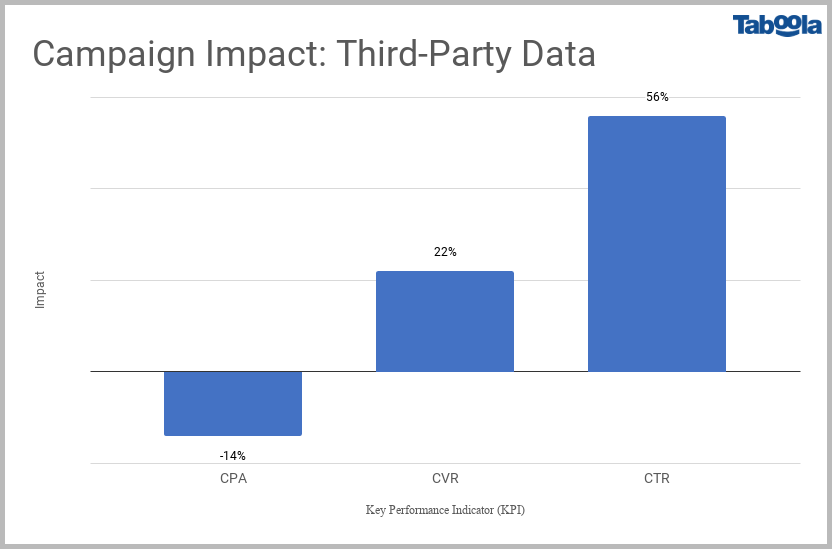If you’re not already using user data to drive results and scale for your advertising campaigns, it’s time to start. Our research shows that campaigns that use audience data generally perform better than those that don’t.
It comes down to targeting. With so much content competing for attention on the open web, consumers are most likely to engage with the ads that they find most engaging.
So, advertisers are increasingly recognizing audience segmentation as vital to efficiently and effectively reach target audiences.
Data Options Abound
User data fuels audience segmentation. Fortunately, we live in a golden age of sorts for data, and it comes in many forms, including:
Your own first-party user data and retargeting site visitors
This is data you own, that you’ve collected from your audience through a website registration form, a shopping cart, or other means. You may store and organize this information in a central hub, such as a data management platform (DMP), and focus on data optimization to maximize that data’s value through retargeting.
Third-party data
Perhaps you don’t have much insight about your customers, or maybe you’re looking for new audiences altogether. You can buy data segments that data providers have built by aggregating data from various platforms and websites.
Build audience profiles with attributes such as demographics, interests, or intent – our Data Marketplace can help you access third-party data from leading providers.
Custom segments
This is where segments that have been created by a 3rd party data provider for specific needs of the advertiser.
Look-a-like audiences
Your new customers probably resemble your existing customers. Use look-a-like models to build a larger audience from a smaller “seed” audience to create reach and find new users who your business should interest.
Third-party data definitely comes in handy, first-party data, however, often wins the competition for data performance quality.
Metrics, Metrics, Metrics
Defining goals is critical for any marketing strategy, focus on your goals when you’re developing a data campaign.
Here are some key performance indicators (KPIs) to consider for this:
Remember, conversions don’t necessarily equate to sales. You should consider other conversion goals, like the number of comments you receive or the amount of leads you generate when targets fill out a form.
Uplifting Results from 980 Campaigns
We analyzed the performance of about 980 data campaigns over various regions and industries, including finance, fashion, health, home, lifestyle, technology, and travel. For each, we calculated the lift based on those five KPIs.
The advertisers in this analysis spent at least 5% of their budget on data campaigns and ran a mix of campaigns generating clicks and conversions — at least one based on targeted audiences and at least one that ran on all networks and wasn’t targeted.
We used a weighted measure for each campaign to achieve a number that represents all data campaigns, and we only compared campaigns restricted to a specific platform (like desktop) to each other. We calculated the overall lift by a geometric mean method.
Here’s what we found:


As you can see, the lift of CVR and CTR indicates data campaigns outperform non-data campaigns. You’ll also notice, CPA falls compared to campaigns that don’t leverage user data. This is great news for advertisers, because it translates into a lower cost for each conversion.
Consider the impressive results the following clients achieved by targeting specific audiences:
When you’re ready to use data to boost your campaigns, Taboola can help. With nearly 20,000 marketplace segments available in Backstage, our campaign management platform, it’s easier than ever to acquire new audiences. Click here to learn more about setting up a Taboola campaign.